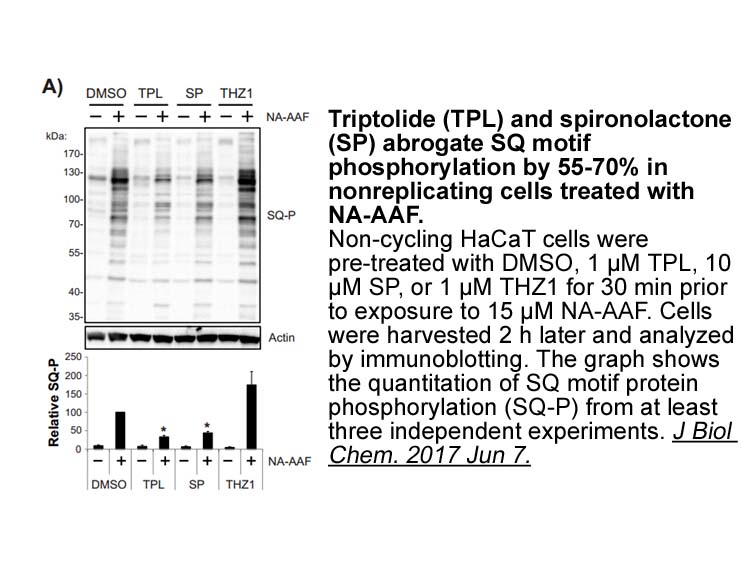Archives
Over the two centuries we
Over the two centuries, we have observed that the DEP in Athens, Malága, and Rome are consistently over the threshold during part of the year. Nice stands out as having the most dramatic rise; by the 2060, Nice would surpass the intensity of the three Southern European cities; by the end of this entacapone century, during July–August Nice would be near the current summer peak intensity in Miami. Consistent with this, Nice was the site of the first reported autochthonous European cases in 2010 (La Ruche et al., 2010) and Athens had a massive dengue outbreak in 1927/28 (Theiler et al., 1960).
Since 1928, there has only been one dengue epidemic in Europe–Madeira 2012 with over 2000 cases transmitted through Ae. aegypti (European Centre for Disease Prevention and Control, 2012; Wilder-Smith et al., 2014b). Using local weather station temperature data for the current decade, VC for Madeira was well over the threshold from June to October (Fig. S1 in Supplementary information). Therefore, our findings are consistent with the large dengue outbreak that occurred in 2012 (European Centre for Disease Prevention and Control, 2012). The decline of new incident cases after November 9, 2012 was most likely due to declining VC because of cooler temperatures combined with enhanced vector control measures and public awareness. While our findings contribute valuable insight into the timing of the outbreak potential in Madeira, the introduction of vector predated the outbreak by years, and the climate based DEP predated both for a number of months each year. This illustrates that commencement of an actual dengue outbreak involves complex processes and more factors than what we have addressed here. Of note is that VC for Athens, Rome and Málaga is higher than that for Madeira even using local weather station data (UK Meteorological Office, n.d.), yet no dengue outbreaks recently occurred in those cities likely in part due to the absence of Ae. aegypti. However, Ae. aegypti may be introduced or re-introduced at any time. Our findings underpin the suitability of temperature dependent VC in countries such as Italy, Spain and Greece that could result in autochthonous dengue transmission should Ae. aegypti be imported and establish. Indeed, when Ae. aegypti was present in Greece in the early 20th century, a major dengue outbreak occurred in and around Athens in 1927–28 (Theiler et al., 1960). Furthermore, over 20 epidem ics of yellow fever, another flavivirus (like dengue) transmitted via Ae. aegypti, occurred during the 18th and 19th centuries around British, Portuguese, and Spanish harbors, with the last outbreak being in Barcelona, Spain in 1821 (Morillon et al., 2002). With climate change, recent studies projected the re-establishment of Ae. aegypti in the coastal zones of Europe in 2080 (Rogers, 2015; Kraemer et al., 2015).
Ae. albopictus is already widely spread in much of Southern Europe, especially in the Mediterranean areas (Kraemer et al., 2015; Reiter, 2010). Comparing to VC of Ae. aegypti (Fig. 2(a)), Ae albopictus (Fig. 2(b)) had similar seasonal windows but with lower intensity such that only Southern European cities could currently have dengue epidemics. The main reason for the absence of dengue outbreaks in these cities could be one or all of the following factors: 1) Insufficient adult vector populations that are actively biting humans for an extended period to sustain a dengue outbreak (Ae. albopictus bites humans and animals (Lambrechts et al., 2010; Delatte et al., 2010)); 2) Insufficient infected humans with dengue for an extended period that could infect sufficient number of vectors to sustain a dengue outbreak (infected humans traveling back from dengue endemic areas are presumably isolated indoors or may have recovered before they traveled home); 3) Ae. albopictus is a less efficient vector for dengue transmission than what we estimated. We may have overestimated the VC for Ae. albopictus due to limitations in temperature dependent data and studies (Lambrechts et al., 2010).
ics of yellow fever, another flavivirus (like dengue) transmitted via Ae. aegypti, occurred during the 18th and 19th centuries around British, Portuguese, and Spanish harbors, with the last outbreak being in Barcelona, Spain in 1821 (Morillon et al., 2002). With climate change, recent studies projected the re-establishment of Ae. aegypti in the coastal zones of Europe in 2080 (Rogers, 2015; Kraemer et al., 2015).
Ae. albopictus is already widely spread in much of Southern Europe, especially in the Mediterranean areas (Kraemer et al., 2015; Reiter, 2010). Comparing to VC of Ae. aegypti (Fig. 2(a)), Ae albopictus (Fig. 2(b)) had similar seasonal windows but with lower intensity such that only Southern European cities could currently have dengue epidemics. The main reason for the absence of dengue outbreaks in these cities could be one or all of the following factors: 1) Insufficient adult vector populations that are actively biting humans for an extended period to sustain a dengue outbreak (Ae. albopictus bites humans and animals (Lambrechts et al., 2010; Delatte et al., 2010)); 2) Insufficient infected humans with dengue for an extended period that could infect sufficient number of vectors to sustain a dengue outbreak (infected humans traveling back from dengue endemic areas are presumably isolated indoors or may have recovered before they traveled home); 3) Ae. albopictus is a less efficient vector for dengue transmission than what we estimated. We may have overestimated the VC for Ae. albopictus due to limitations in temperature dependent data and studies (Lambrechts et al., 2010).